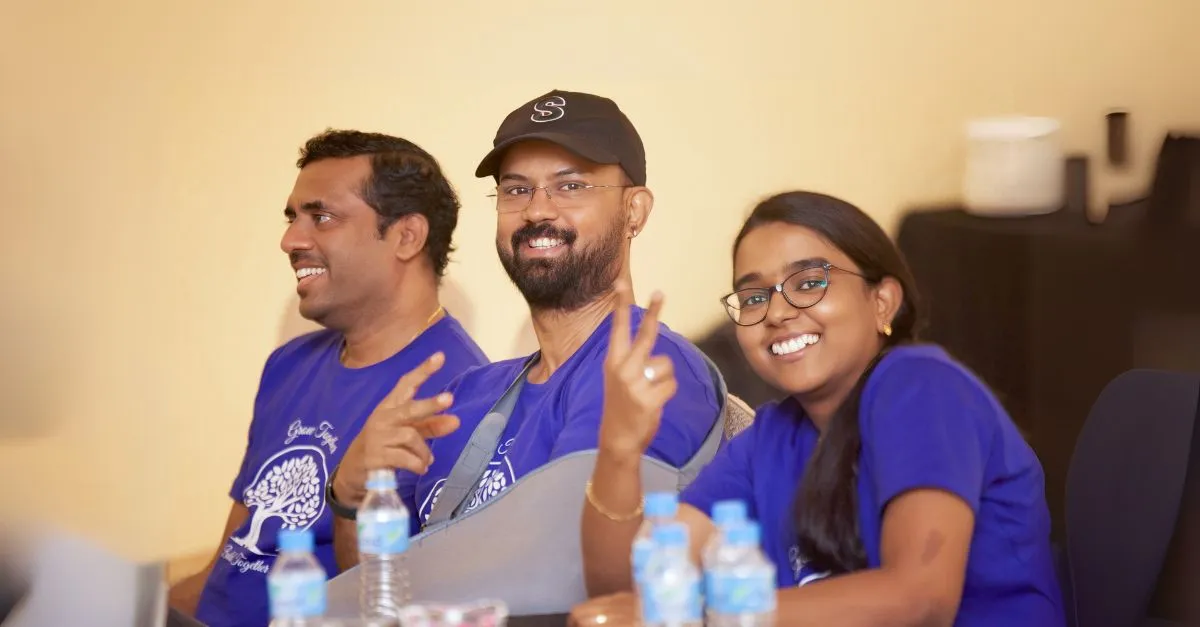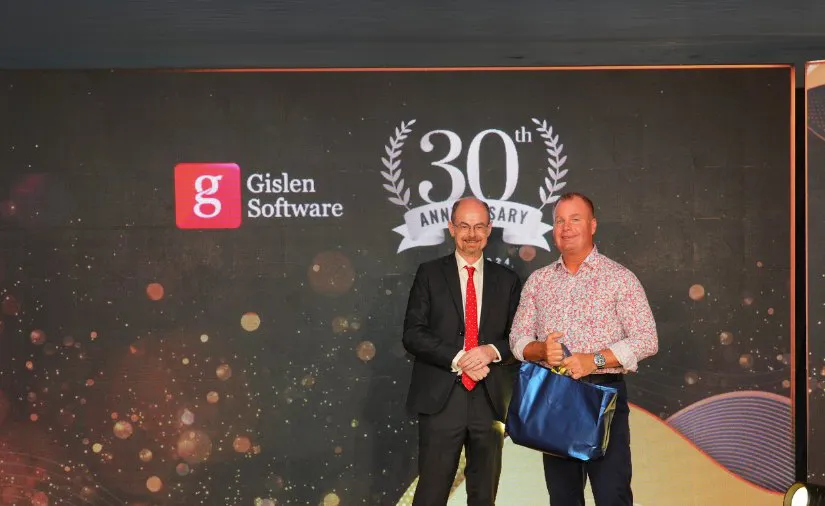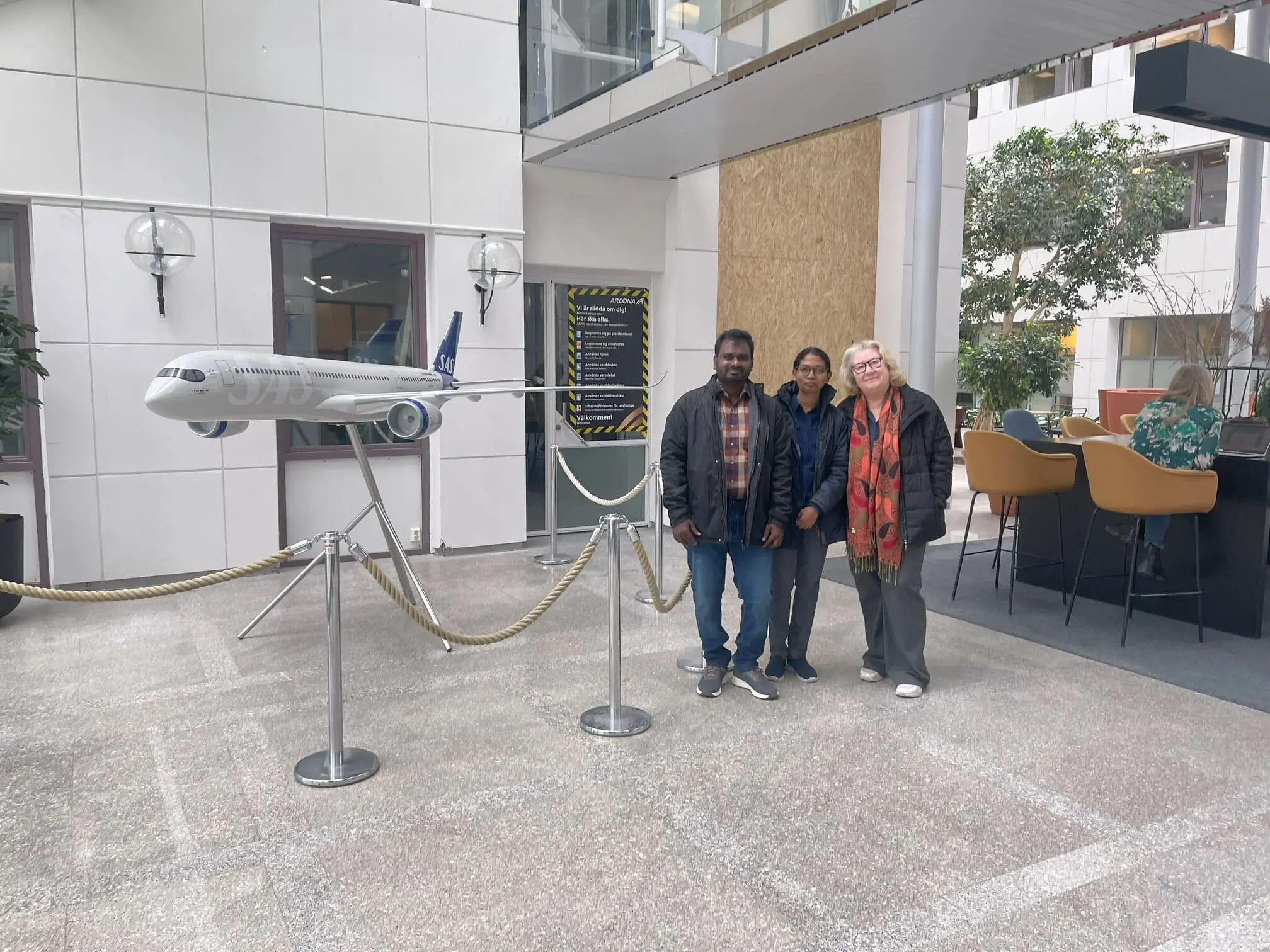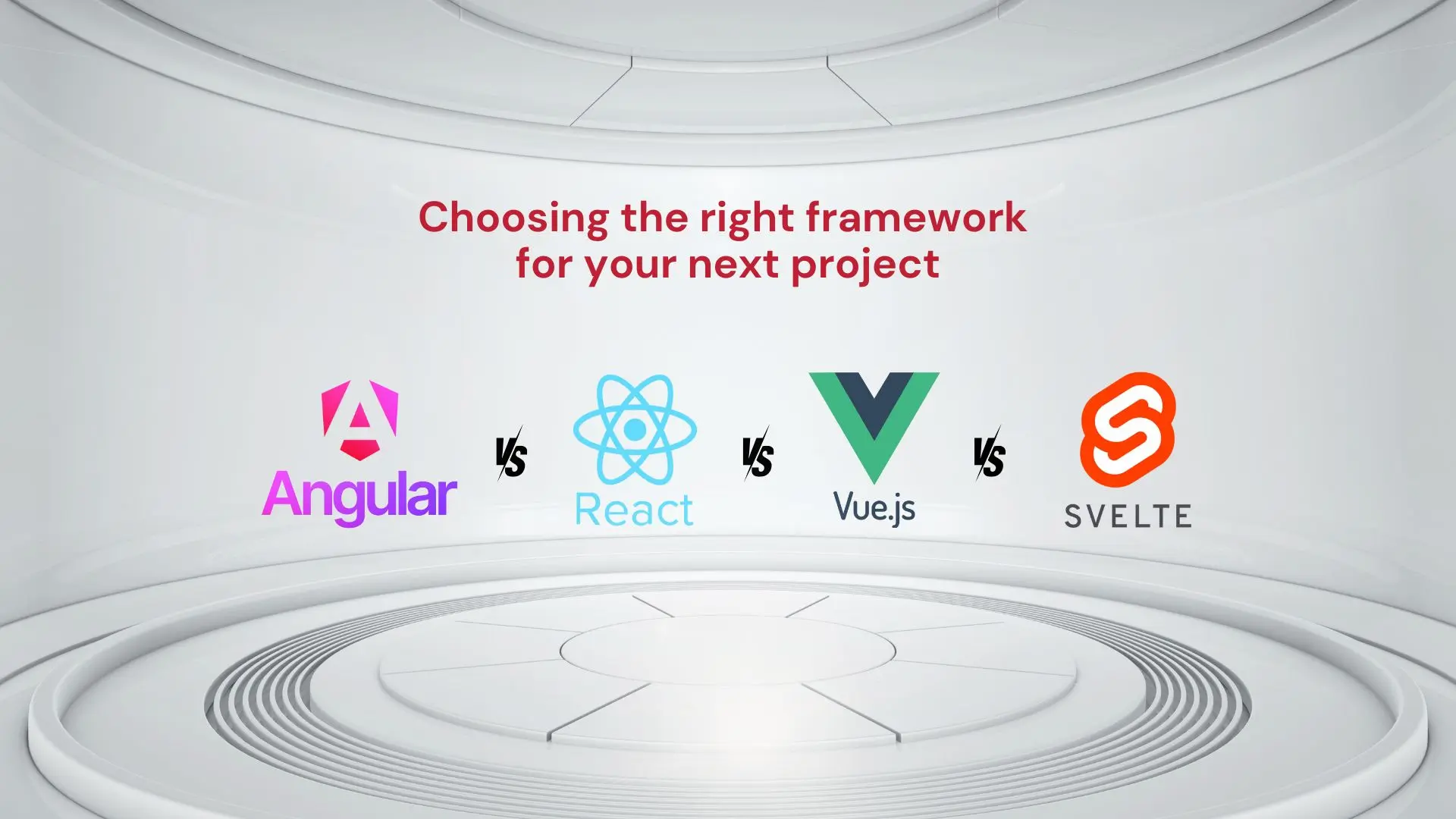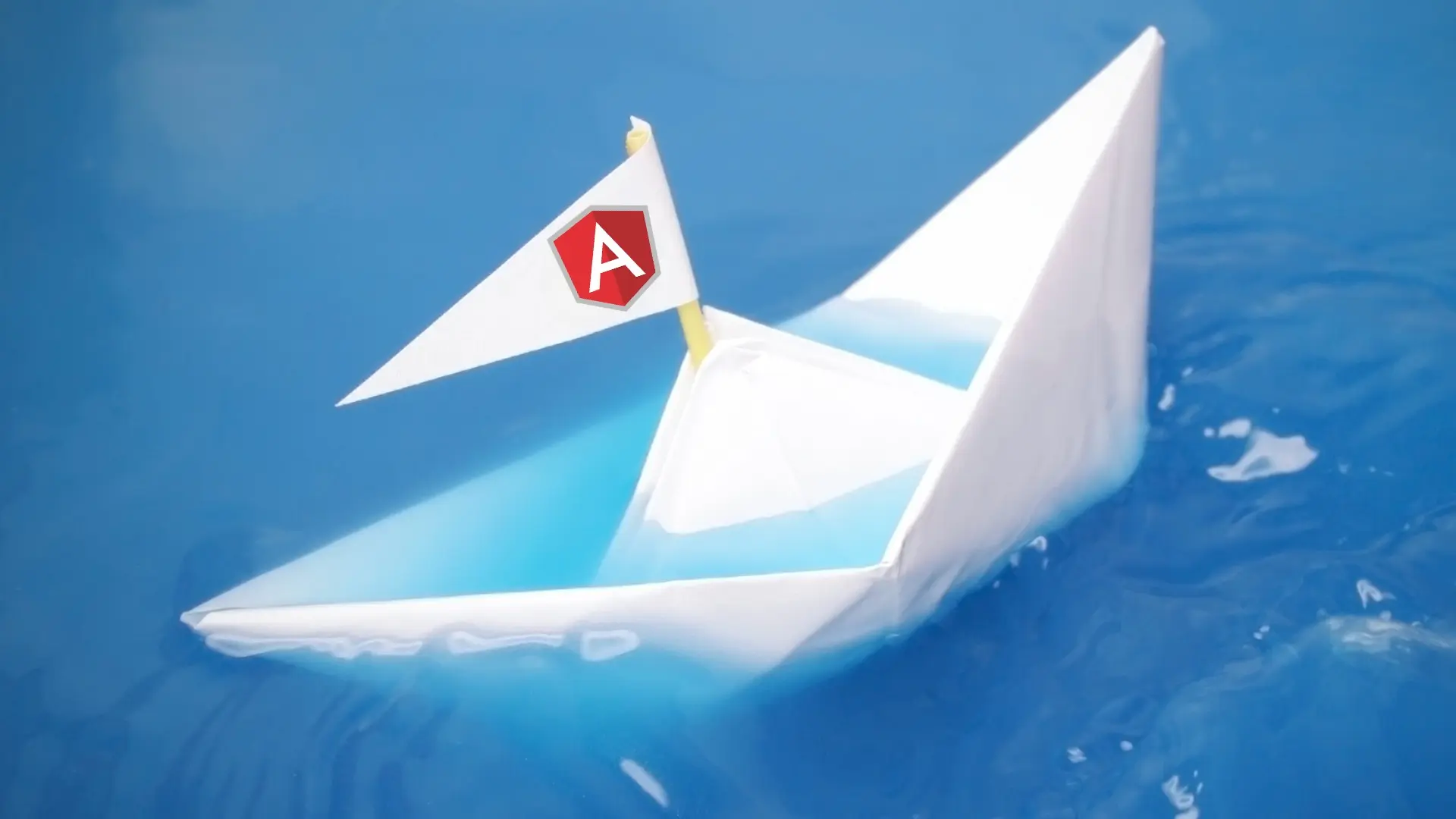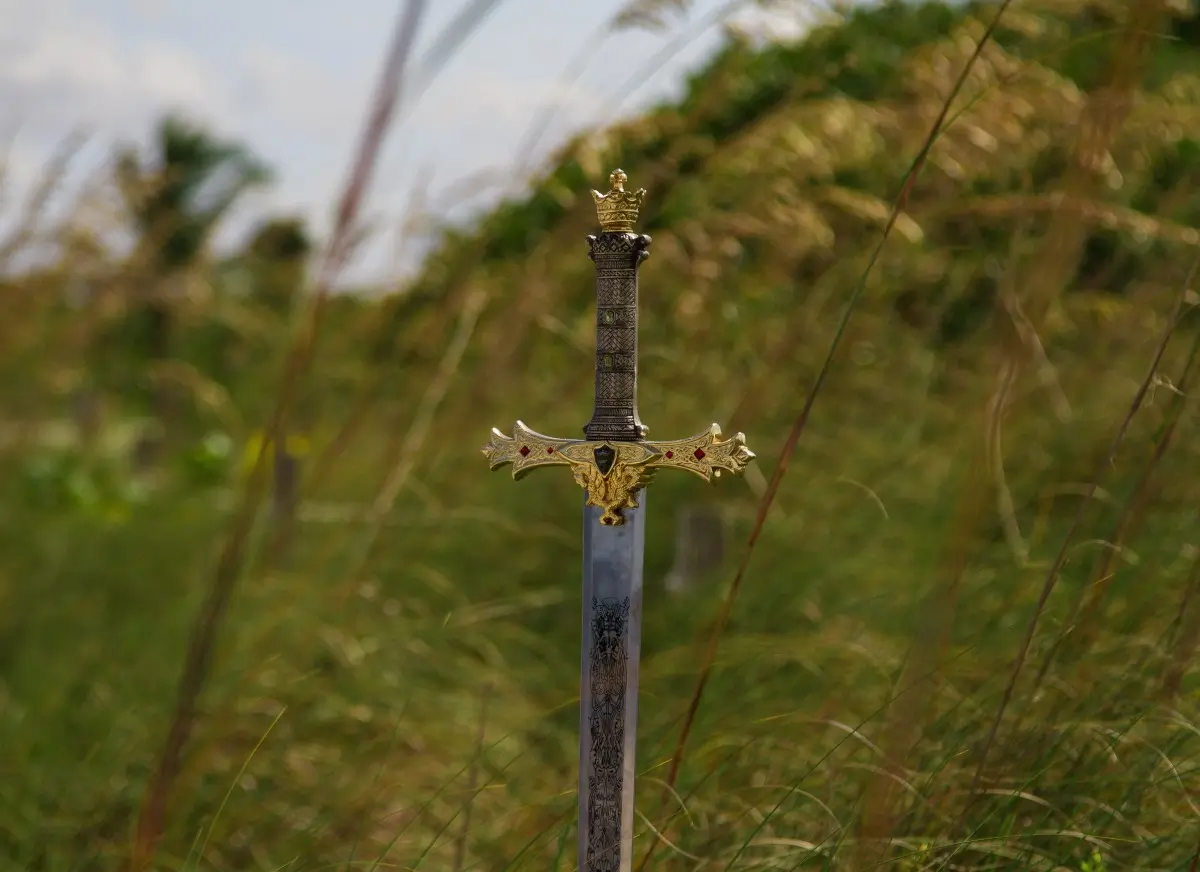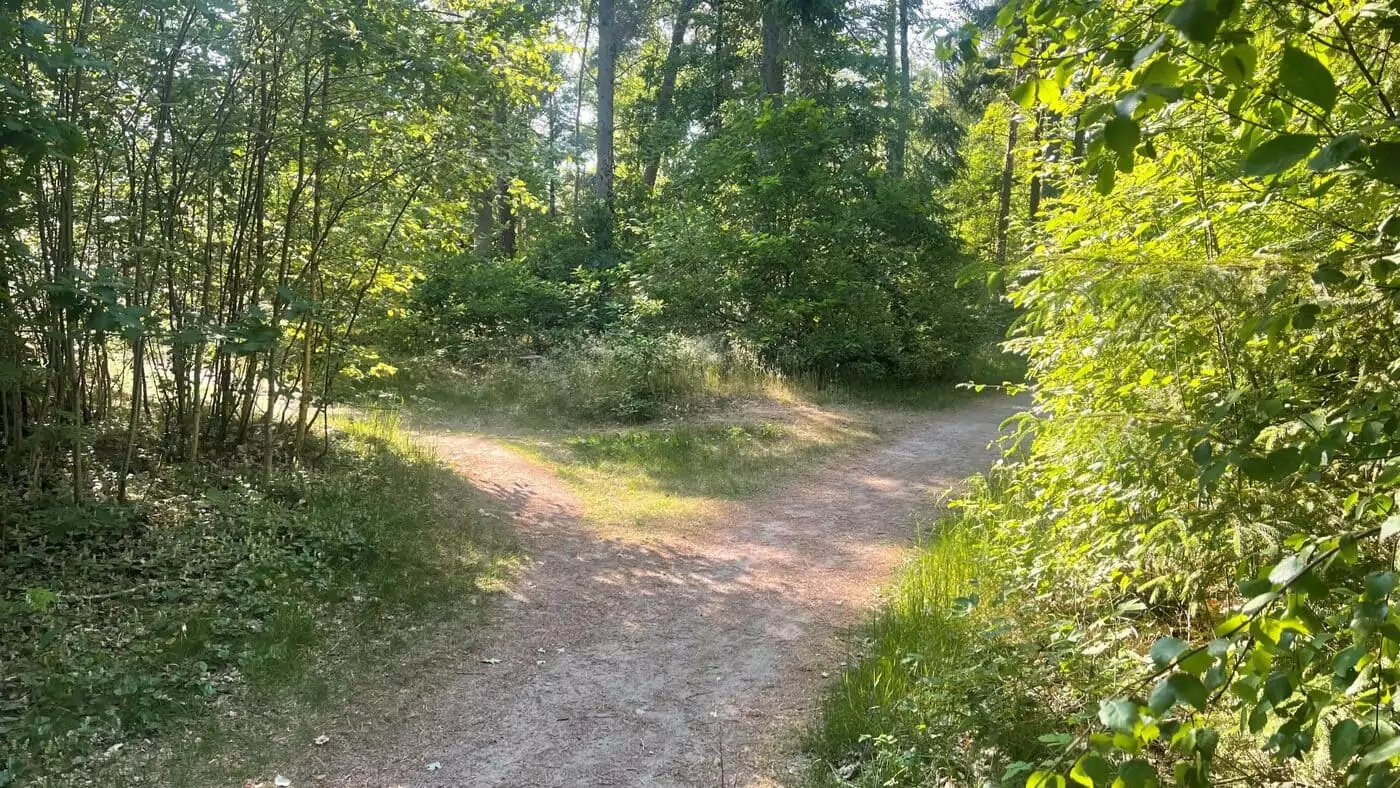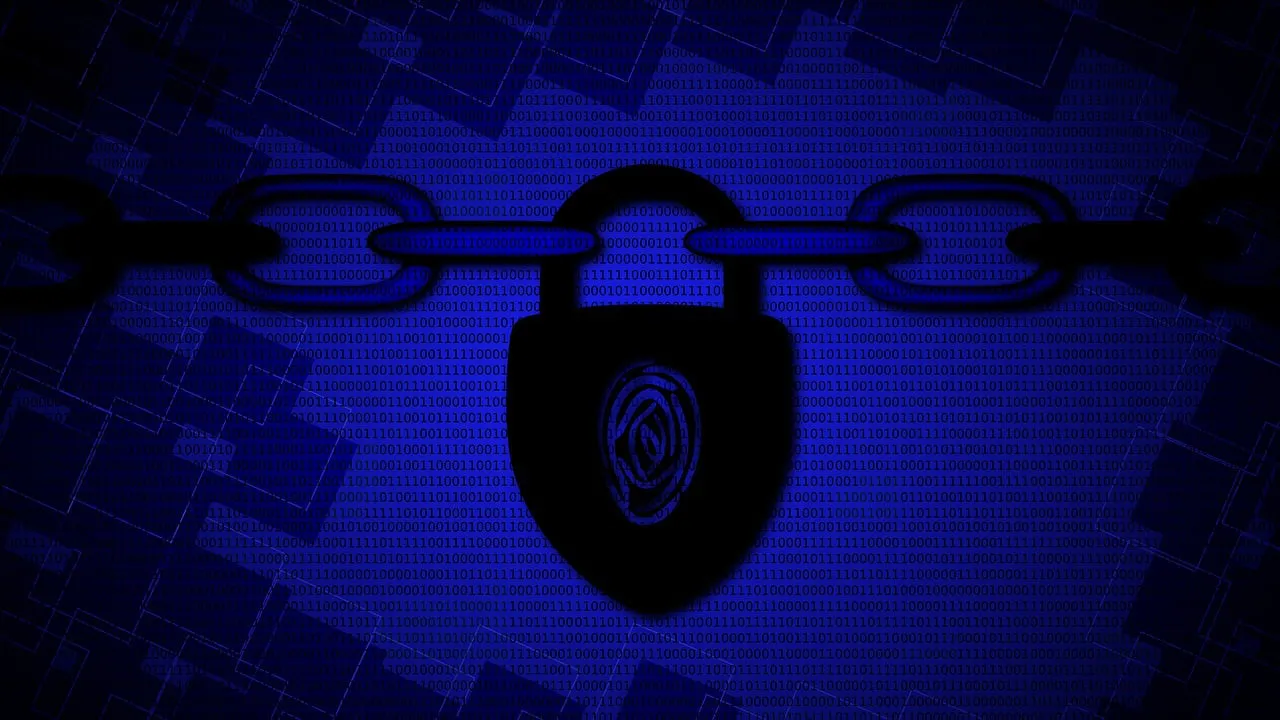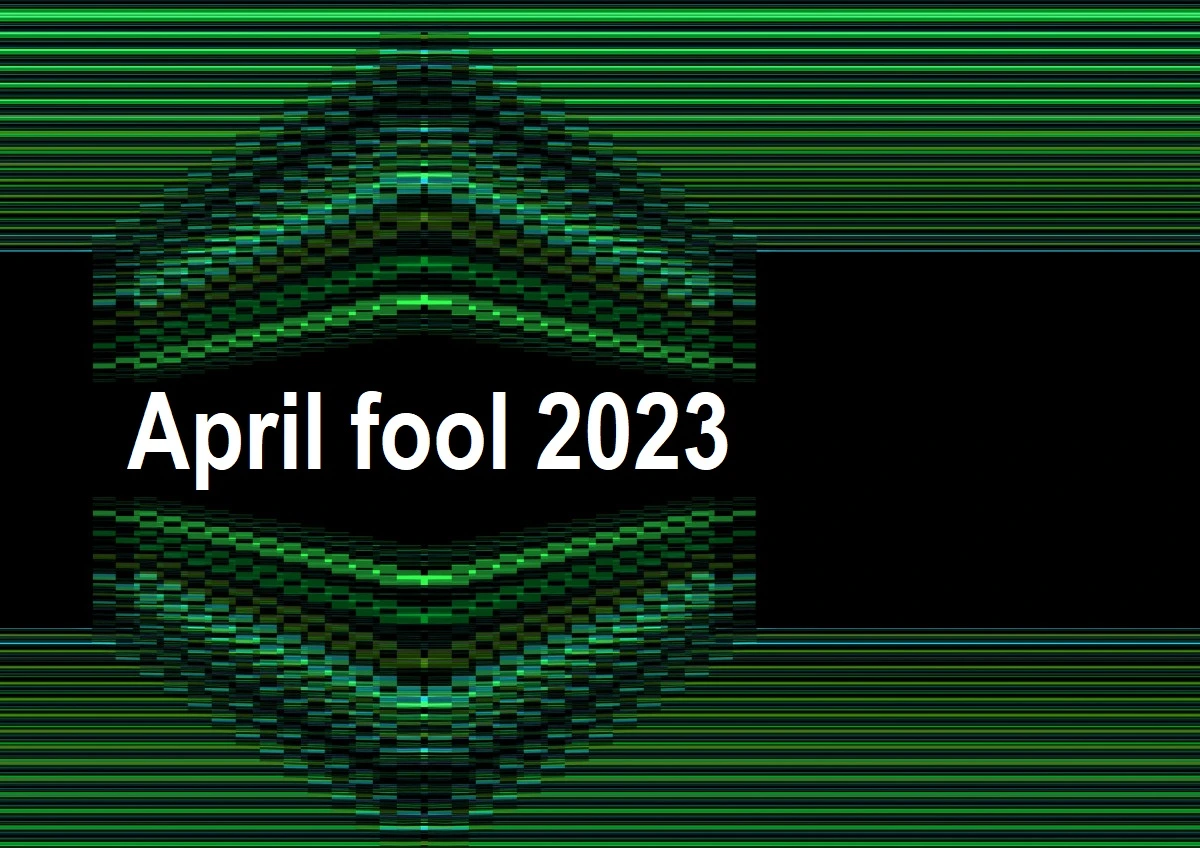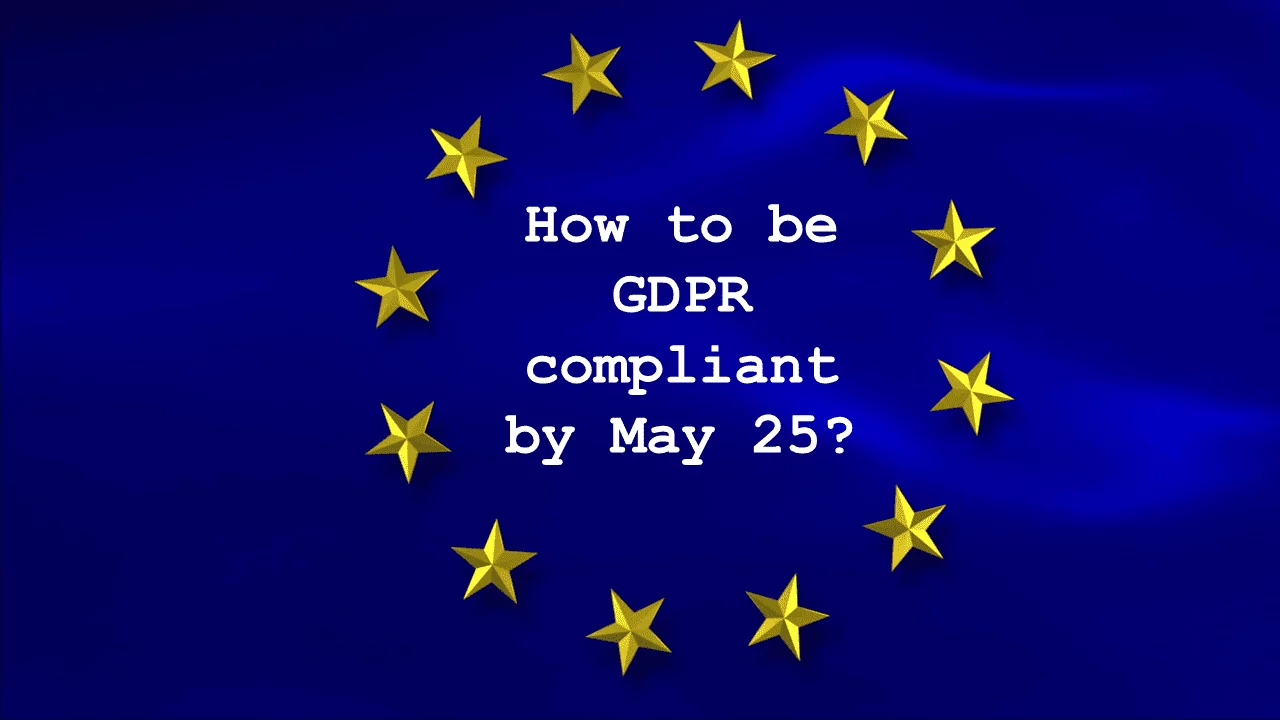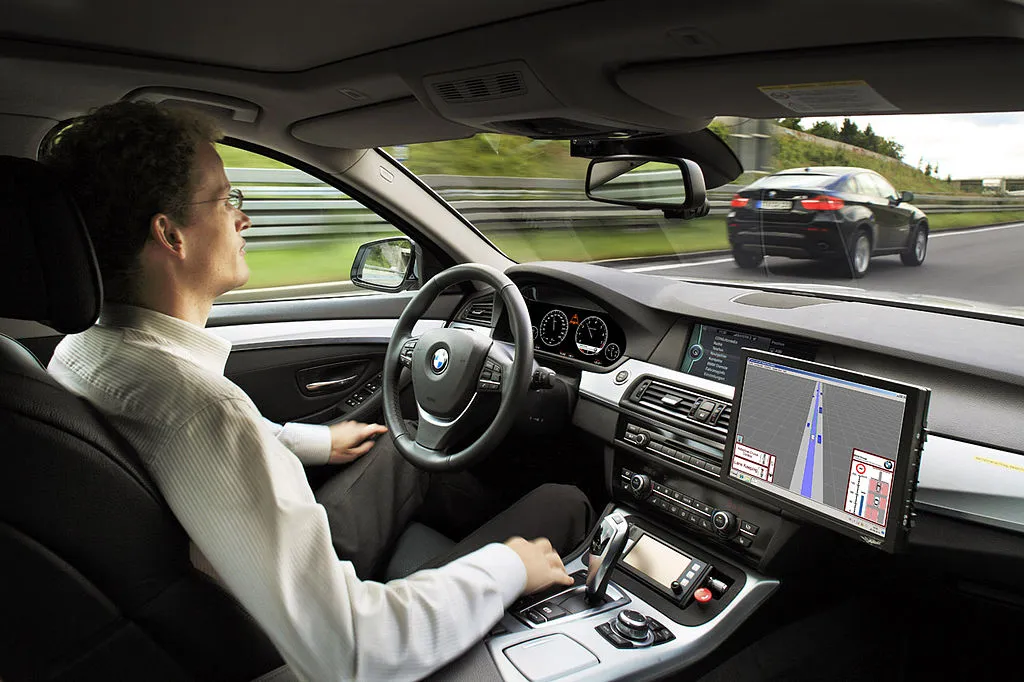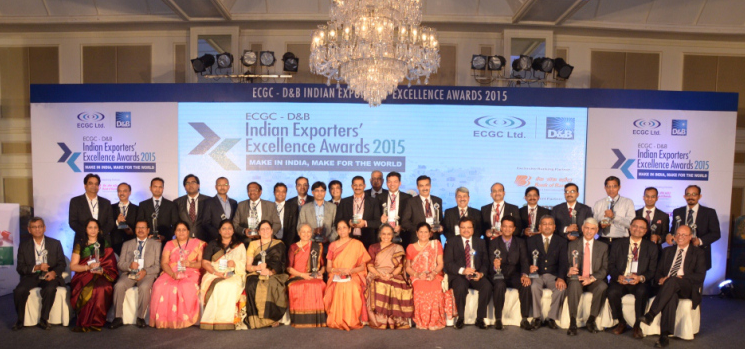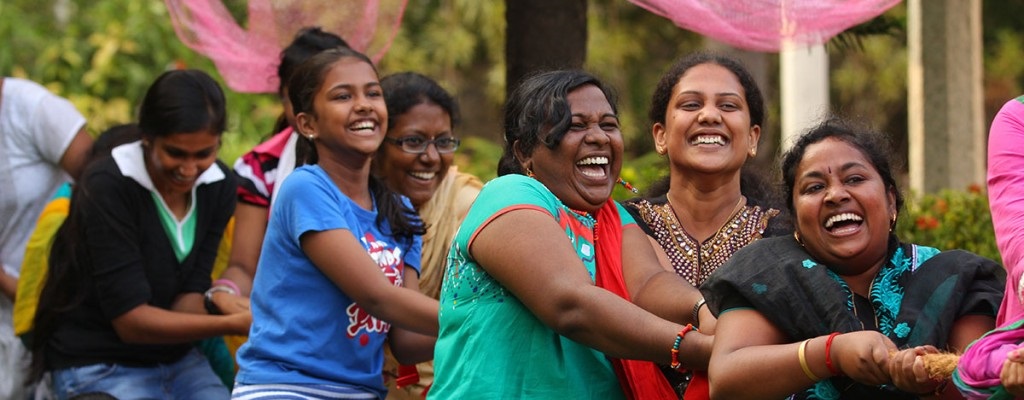Boost efficiency and gain a competitive edge with bespoke software development tailored to your business needs. Discover scalable, secure, and fully customised solutions that align perfectly with your goals.
Discover safe outsourcing; from benefits to risk management, and how Gislen Software can help you to achieve success through safe outsourcing.
Read and learn how, based on our long experience, to ensure that you maximize the payoff through safe outsourcing
The present geo-political scenario creates legal and political risks of using US cloud services. As trust erodes you want your data closer to your market. This extensive report dives into the subject and urges European organisations to adopt sovereignty-aware, multi-cloud strategies to ensure compliance and resilience in a volatile world.
Motivating employees in uncertain times requires more than good intentions. To do that there is a need of a holistic approach based on four emotional drives—acquire, bond, comprehend, and defend—to sustain motivation, trust, and performance.
How you can accelerate growth, boost efficiency, and stay competitive with global talent and agile collaboration through the power of distributed development.
This article shares some best practices and experiences from our 30+ years as a provider to Swedish and British clients.
Compare custom software and SaaS solutions for businesses, analysing cost, scalability, flexibility, and implementation to help organisations make informed software selection decisions. Harikrishna Kundariya is a guest writer.
DeepSeek is shaking up AI with 3 major disruptions—offering useful innovations at a fraction of the cost.
But with breakthrough efficiency comes risk, from censorship to security concerns. Is AI’s future shifting?
2024 Customer Satisfaction Survey: Key insights from our clients at Gislen Software, highlighting satisfaction, challenges, recommendations, and plans to enhance services in 2025.
How do you enhance customer experiences, align with business goals, and drive growth through custom built e-commerce solutions.
The article also includes a real-life story about how we built a custom based site for Skin & Tonic.
Discover how a carefully planned cloud migration can improve efficiency, security and reduce costs.
This article suggests what to think of and which strategies to use for a successful migration to the cloud.
What factors should be considered to chose an outsourcing partner for software development?
Most important factors: competence, experience, cultural fit, reliability of delivery, security, adaptability and long-term commitment.
What does learning to run a marathon have to do with building a strong corporate culture?
Discover how Gislen Software’s culture of learning, integrity, and excellence drives innovation, builds trust, and delivers high-quality, software solutions.
From rural Sweden to Chennai in India. A journey of innovation, resilience, and quality-driven software development.
This is the story of how the oldest Swedish-Indian IT company was built!
Blended outsourcing combines the expertise of in-house and external teams, offering a strategic approach to enhance efficiency and innovation.
This model fosters a synergistic partnership, crucial for companies looking to adapt quickly in a rapidly changing market landscape.
Discover the differences between React, Angular, Vue, and Svelte! Dive into the pros and cons of each framework.
This article makes an effort to distinguish between them and will help you choose the best frontend framework for your web project 2024!
There are frequent Generative AI announcements. But will Generative AI truly fulfil all its promises?
According to Gartner’s Technology Hype Cycle, expectations are inflated, and the bubble may burst within 2-5 years.
Transforming old Microsoft Access applications to modern web applications requires careful planning.
How do you preserve business logic, ensuring data integrity and improve user interface?
Update your AngularJS application: Step-by-step guide for a secure and modern web experience.
Are you still using AngularJS for your web application? The framework has not been updated since 2021, which could mean security risks and it may not be supported by newer browser updates.
Discover that while there will certainly be a lot of disruption, AI will still probably not take all our jobs.
While there is good reason to be prepared since there will be a lot of changes, AI may create new opportunities by augmenting human expertise and addressing labour shortages.
Workplace disengagement is increasing. This article, highlights the importance of cultivating a supportive culture fostering individual initiative to reignite employee motivation and productivity.
Insights for both employers and employees!
This article discusses the evolving cybersecurity landscape for small to medium-sized businesses.
It highlights new threats like ransomware, phishing, and emerging solutions such as AI-driven security and quantum-resistant encryption.
This article explores how India’s strategic position influences global dynamics and its relationships with BRICS, the West, and its neighbours.
Gain insights into India’s rising economic influence and shifting power dynamics.
Explore how bold innovation is key to thriving in the digital era, highlighting the risks of playing it safe
This article gives some advises on how to not play it too safebased on a Harvard Business Review article.
Explore strategies to navigate Cultural Challenges in software outsourcing for enhanced global collaboration and competitive advantage.
Drawing from our 30 year history, this article outlines the Cultural Challenges to expect and how to overcome them.
Strategy is about consciously designing and implementing well-considered plans that are different from those of competitors, with a particular focus on quality, niche markets and sustainability.
In this article, I share some thoughts and experiences on how to differentiate your business.
Nowadays we often hear that AI is likely to soon replicate human intelligence and experience. But is this a realistic claim?
In this article highlights differences between AI and humans in regards to empathy, creativity, and consciousness.
The Enneagram model helps manage corporate culture, improve team dynamics, and address business challenges.
This article highlights the importance of understanding diverse behaviours for organisational success.
How can businesses gain strategic insights like understanding the market, innovation, building strategic alliances, and leadership?
This article suggests that one way could be to acquire ancient timeless wisdom from Sun Tzu’s “The Art of War”
How can we embrace empathy, vulnerability, and compassion in conversations and turn mere exchanges into lasting, meaningful connections?
This article is inspired by John DiJulius’ enlightening article, “Meet as a Stranger, Leave as a Friend”
This is a translated article published in the Swedish online newspaper Bulletin. It discusses the potential dangers of unregulated AI.
We must ensure a balanced development of AI, stressing the need for ethical and legal frameworks to ensure AI benefits humanity.
This article explores AI’s transformative impact on business decision-making.
Highlighting advancements in AI technologies like deep learning, predictive analytics, and their strategic applications in enhancing efficiency, customer experiences, and risk management.
Embracing Natural User Behaviour in Urban Planning, Software Development, and AI.
This article explores natural routes preferred by users, appear across different fields, from city planning to software design, highlighting the importance of aligning with the desire line.
Discover how Large Language Models (LLMs) are impacting the workforce and business operations.
Looking at the profound impacts of AI on job roles, innovation, and efficiency, offering a glimpse of a business future shaped by more and more advanced technology
In the past 20 years, our attention span has dropped from 2.5 minutes to 47 seconds, mainly due to increased technology use.
This article examines the effects of this shift, debunks multitasking myths, and offers strategies to regain focus.
GPT-4 Turbo: a transformative AI tool enhancing creative sectors with updated knowledge, advanced features, and legal support.
Almost one year since the original release of ChatGPT, OpenAI releases a significant improved version. Welcome to ChatGPT-4 Turbo!
The pandemic transformed our professional lives, compelling a mass migration to home offices. The ease of logging on from our living rooms seemed to spell the end for traditional work environments.
Yet, as the tides of the pandemic recede, the office is calling us back, and the reasons are compelling.
We have 30 years of experience helping Startups succeed!
Here are some common reasons for failures such as survivor bias and trying to emulate someone else’s success and some methods to succeed are Skin in the game, PoCs and MVPs.
Unlock the secrets of efficient cloud cost management for SMEs. Discover proven techniques to monitor usage, optimise storage, and streamline compute resources.
We want to help you take control of your cloud costs. Please contact us for a free consultation!
Gislen Software’s unique approach to onsite support at the EACTS Annual Conference in Vienna highlights the importance of proactiveness, adaptability, and teamwork.
We developed and support their EACTS Event Management Software.
Dive into the transformative world of Noble-Purpose Leadership—a necessary evolution from traditional Servant Leadership.
Discover its core principles, benefits, and real-world applications for driving sustained organisational success and social impact.
Work-Life Balance doesn’t really work. Instead we need to look for a more holistic way of integrating work and life.
This article suggests to instead look for Work-life Harmony, where life and work are integrated and where you don’t see work as a means to an end but as an important part of your life!
India has long been a powerhouse in information technology and software services, and has established itself as a destination for European businesses seeking high-quality software services.
This article explores how to benefit from developing software in India.
India’s successful soft-landing on the moon is a reminder of how humanity can reach far when we have a vision and execute it right!
Here is some reflections and learnings which we can apply in our normal day-to-day life here on earth as well!
Becoming carbon-neutral isn’t just a ‘nice to have’ It’s a strategic imperative and it is becoming increasingly important!
This article describes our journey and explains what you can do. It is easier, more cost-effective, and more beneficial than you think
Why do we waste so much time in inefficient meeting?
Here are some thoughts on having clear objectives, selective attendance, effective leadership, and follow-ups, aiming at transforming meetings from time-wasters to productive, collaborative platforms.
For the last accounting year 2022-23 we contributed to two different United Nations sponsored projects in India.
However the total number of carbon equivalents was still three times our actual calculated footprint of 160 tons.
Explore the intricate weave of business strategy through the poetic lens of Robert Frost’s ‘The Road Not Taken’.
Discover how daring to tread the less traveled path can shape your company’s future and make all the difference in this insightful piece on how to make the right decisions.
Discover the revolution of intelligent AI chatbots in customer support that understand your business and improve customer experience.
Thanks to the ChatGPT revolution it is now possible for any business to build an amazing chat support function.
Discover the potential of generative AI for small businesses and start-ups.
In this article we share some of our ideas on how to leverage this powerful technology to enhance operations, personalise services, and streamline processes.
Discover the current state of cybersecurity, the implications of AI, and the importance of a proactive approach in threat detection.
We cover the present landscape and explain the present situation, and we explore methods for more secure approaches in the digital age.
Discover how to thrive in the evolving workplace with Generative AI.
This article describes how you can use Generative AI, what soft skills you need to develop, and how Generative AI can increase productivity, creativity, and career success.
In the past, there has been many predictions on which jobs are most likely to be replaced by or changed by artificial intelligence.
However, with the introduction of ChatGPT those assumptions are likely to change significantly. This article gives some ideas on what we could expect.
Discover the threat of web scraping and learn how to safeguard your business.
This article gives an understanding of scraping attacks and some strategies to combat them, including CAPTCHA, rate limiting, and Web Application Firewalls
Navigating the complexities of agile projects when working with software contractors can be challenging.
In this article, we explore the main hurdles companies face, from aligning with company culture to managing contractual issues.
Open innovation is a key to growth and a in getting more value in outsourcing. When parties join forces with distinct and complementary strengths, remarkable results can be achieved.
This article also shows how mitigation of cultural challenges can yield even more value!
Explore cybersecurity and gain practical insights on what to think of in order to build a successful partnership with a software development firm.
This article gives practical advice on what to consider and how to decide on an outsourcing partner
Is it true that “Half of AI researchers believe there’s a 10% chance AI will kill us all.” Well, the claim is based on a survey with only 162 respondents, and the survey question itself is vague.
So, while we don’t say that AI is harmless, don’t lose any sleep, at least not yet!
Explore the power of metrics in agile development as a tool for continuous improvement and optimisation.
Using the right metrics, make them visible, and use them collaboratively to enhance team performance while steering clear of potential pitfalls.
Discover how to effectively collaborate with outsourced agile development teams and overcome common challenges in this article.
Discover how communication, culture, quality control, and trust contribute to successful projects and foster business growth.
Technical debt is inevitable in software development, resulting from prioritising short-term gains over long-term sustainability.
This article discusses the term and how to effectively untangle the Gordian knot to avoid and reduce technical debts effectively.
While ChatGPT is a powerful tool in itself. It may not consistently deliver the expected value.
In this article, we will explore eight different advanced prompt engineering techniques with detailed examples that will help you improve the results of using ChatGPT.
Generative AI raises concerns, prominent figures such as Elon Musk call for a pause in development.
However, recognising the economy’s ability to adapt and grow is crucial. Focusing on economic growth while addressing risks and sensible policies can lead to a promising future for us all.
The Agile Manifesto, born from dissatisfaction with traditional methodologies, revolutionised the software industry.
Its future depends on practitioners’ commitment to upholding the core values and adapting methodologies to evolving circumstances,
In the wake of OpenAI’s GPT-4 released in February 2023 and Microsoft and Google’s announcements of new AI-based assistants, our team has been hard at work developing an innovative tool to reshape how developers work.
We need beta testers! Do you want to help us?
The general outlook may look bleak, but startups are still confident about the opportunities and are looking at outsourcing as a strategy.
In this article we share what we believe startups needs to consider in order to succeed with outsourcing of software development
This article reiterates Mark Twain’s words – Find a job you enjoy, and you will never have to work a day. It emphasises the need for satisfaction at work to avoid stress and burnout.
Fulfilling a job is one of the best means to express our ideas and passion and showcase our skills.
At Gislen Software, we have worked with various Agile methodologies and practices for many years. We know how to use and apply them for offshore software development.
This article gives an overview of DevOps, and how to use it to succeed with software outsourcing.
Spinning Jenny was one of the most significant innovations of the industrial revolution, disrupting the lives of the working class. Generative AI may have a similar impact on office workers.
This article describes potential god and bad impacts of the last weeks announcements.
Data security and privacy are paramount. As a software outsourcing company, we understand the responsibility of handling sensitive information.
This article outlines our commitment to data security and privacy
OpenAI released GPT-4 on March 14. It is significantly enhanced compared to GPT-3.5 and can now even interpret images. It can work with eight times as much text as its predecessor, and its output quality is significantly improved.
Here is an article which gives some idea about what we can expect!
Outsourcing being a novelty when Mikael Gislén went to India and started Gislen Software, became a trend in the late 1990s and has since become mainstream. India is still the prime destination for software outsourcing.
This article describes why and what speaks for outsourcing to India.
In our recent annual customer satisfaction survey, 100% said they were very satisfied or satisfied, and 95% that they would recommend us!
In total, 21 respondents answered on our customer survey covering almost all our clients. We are grateful for the fantastic feedback!
Green IT is a term which covers how IT can reduce its environmental impact. IT likely stands for more greenhouse gases than air travel and will likely increase its environmental footprint.
This article gives a background to how the IT sector affects the environment and it also suggests ways we all can reduce our environmental footprint.
Artificial Intelligence has been around for more than 50 years. But the use and impact of AI has only exploded in recent years. Improved hardware has increased performance dramatically.
This article gives an overview of the past and current development and some of the benefits and concerns of the expected development.
I attended IT SMF Expo in Stockholm in 2022. In one of the seminars David Jacoby, a famous Swedish hacker, shared some tips on how to improve password security. I have tried to share what I learned but have done so with a few twists.
Why did I select a picture of a horse for an article on Password Security?
For the last accounting year 2021-22 we contributed to three different United Nations sponsored projects in India.
However the total number of carbon equivalents was still three times our actual footprint of 76 tons. The carbon footprint was low due to the pandemic.
Gravitational waves are disturbances or ripples in the curvature of space-time and we suggested that normal laptops could be used to detect them. 327 people read this April fool joke, and 65 people clicked through to the download page!
We have kept the story here for you to enjoy!
We from Gislen Software wish you peace, good tidings and happiness during this lovely Christmas and New year season.
Merry Christmas and a Happy New Year!
We have compensated three times our actual carbon footprint on three different projects. This is for the accounting year 1/4/2020-31/3/2021. Our carbon footprint for last year was only 96 tons. This was mainly due to the pandemic.
Here are the certificates!
A personal article on how to become a team leader. It includes thoughtful advises on how to succeed, build a career and how to work with your team to be successful!
Reflect on your journey, embrace pride, overcome setbacks, acquire skills, and embark on a growth-filled exploration!
Here are some ideas on how to work from home more effectively. Based on personal experience of one of our staff during the Covid-19 epidemic.
Even when life goes back to normal it may be useful to keep yourself organised and have some divisions between work and free time.
Do you spend significant parts of your day on things you love to do? If not, then it may be time to reflect!
In this article I share some thoughts on how to discover and unleash your passion and how to channelise it and be happy with who you are and what you do.
As the virus spreads, we react as though an apocalyptic event approaching. Many are demoralised, frightened, and unable to cope, leading to suicides and depression.
This is to reinstate and revive a ray of hope
We have compensated three times our actual carbon footprint to three projects. This is for the accounting year 1/4/2019-31/3/2020. Our carbon footprint was 125 tons.
Here are the certificates!
Covid-19 and the economic consequences are shaking the ground for almost every business. Here are some learnings from past economic recessions which may be applied to the present.
Winners are proactive and use the time to change and adapt and losers go into survival mode!
We are living in extraordinary times with the COVID-19 virus affecting our lives in many ways.
We prioritise the health and safety of our staff and we therefore work from home. However, we do our best to serve our clients with the same standards as usual!
We are carbon-neutral! We use a combination of solar panels, energy efficiency and offsetting the rest via credits such as trees, wind and hydropower!
We invested in solar panels in 2013. Since then we extended the plant, replaced light tubes with LED, and changed our old ACs to more efficient ACs.
We celebrated our 25th anniversary at Trident Hotel in Chennai on 25/9. Customers from Sweden and the UK visited us. Present and employees, families and friends from other companies in MEPZ attended.
This blog post describe what happened during the celebration and who attended.
In 2014 we proposed to MEPZMA that we should organise an annual marathon in MEPZ. The idea was well received and since 2015 we have sponsored all incarnations of MEPZ Run!
This blog post includes photos from our participation over different years.
GDPR has far-reaching consequences. Do you have personal data about customers, suppliers or employees including emails, databases, documents or photos?
This article covers most of what you need to learn and helps you to get GDPR compliant.
Autonomous or self-driving cars have made major inroads over the last few years.
It is a good guess that there will soon be one in a garage near to you. Autonomous cars already drives safer than humans.
This article explores Agile development’s advantages in producing faster, high-quality software at lower costs.
It also discusses the journey and challenges of adopting Agile methodologies.
This article gives an overview of Penetration tests, attack vectors and how we help our clients to harden Microsoft Dot Net applications ahead of penetration tests.
An overview of how to build safer applications.
We want to reduce our environmental footprint and we are committed to sustainable practices.
Join us in creating a greener future and learn how small steps like saving energy and reducing plastic use make a big difference.
Let’s face it, getting the right fit for the job is not always a walk in the park. Some candidates radiate an outstanding vibe that shows they will be a great asset while their records speak otherwise. Some will have inch-perfect qualifications who have few soft skills. Even after decades of revolutionary transformation in hiring practices, the real basic technique on how to hire great people remains a tough row to hoe.
This article will give some ideas on what the Agile software development principles patterns and practices are. Agile methodologies are iterative and there is learning along the way.
Good software developers are the unseen hero’s of this world. Good developers bring functionality and information in ways that are gloriously helpful (and bug free). See how many check boxes you strike off in our good developer checklist to inspire and challenge yourself. Maybe you too are a hero of the night.
Today, Gislen Software celebrated 21 years in business. Gislen Software is not your average software company
Gislen Software received one award for Best Services Exporter and one for Best Overall Exporter by ECGC & D&B
The Indian IT industry has very high attrition rates. However, at Gislen Software we have about 2-5%. This article tries to analyse why our employees stays.



